At a risk of collecting few negative points, I will try to answer this question as follows:
The "characteristic impedance" has no direct physical meaning. It is just a constant in amplitude coefficients in the solution to the "Telegrapher's Equation", which describes propagation of a sinusoidal electromagnetic wave(s) along a special geometry of uniform conductors called "transmission line". The equation is a derivative from more general Maxwell Equations.
The actual amplitudes of propagating EM waves are determined by "boundary conditions" to the line, by impedance of driver, and impedance of receiver (terminations).
Formally, the ratio of V(t)/I(t) defines the “characteristic impedance” of an ideal (lossless) transmission line, which appears to be a real (non-imaginary) number, just like an ordinary passive resistor. One might think that this resistor must dissipate Joule heat.
In other words, Z=V(t)/I(t); I(t) = V(t)/Z; P = V*I = (V^2)/Z. V is a real function of t, Z is real, so P must be non-zero, and must dissipate into heat.
But in this case the wave should quickly disappear. However, it is known that the ideal transmission line doesn’t dissipate anything, and waves can propagate forever to infinity. Therefore, we have an obvious paradox: we have seemingly a real “impedance”, but it doesn’t dissipate any energy.
The resolution of this paradox is this: formally and accurately, the Joule dissipation occurs only when a current FLOWS ACROSS A RESISTOR. The trick is that in the case of transmission line no current is flowing across the “characteristic impedance”. If one to examine the excellent animation in the referenced Wikipedia page, one can see that the current oscillates ALONG the conductors of transmission line, not across the empty space between conductors. The actual impedance across the conductor gap is infinitely large, and no dissipation occurs. The electrons are moving back and forth along the wires that are assumed to be perfect conductors, so no energy is dissipated there as well.
In different words, formally one can take any V(t) from a circuit, and divide it by I(t) from any node. The result will be a number in units of resistance, but it may mean nothing. In case of “characteristic impedance” the V/I ratio is just that, a characteristic of transmission line geometry/permeability, and does not represent the current across the transmission line.
The characteristic impedance however can serve an important mission: if the termination is purely active (real restive) and equal to the characteristic impedance, the resulting wave solution does not have the reflected wave, which is very useful in design of high-speed electronics (and in power lines as well).

